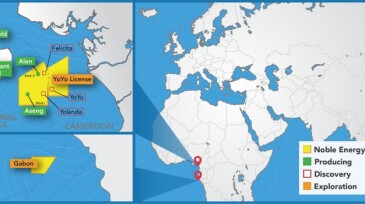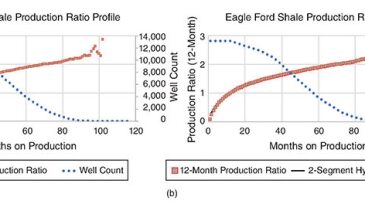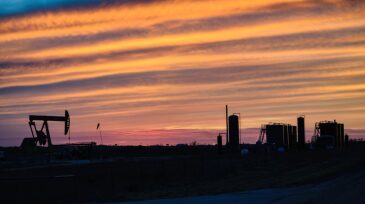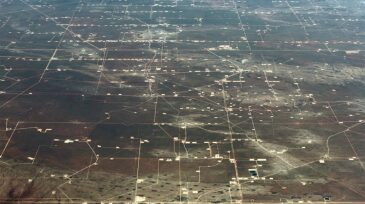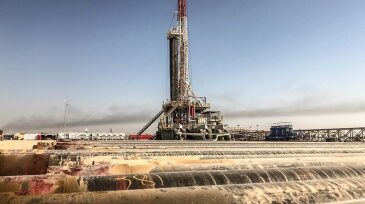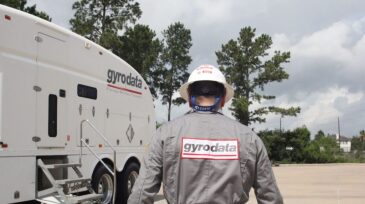Permian Basin
-
Chevron strengthens its North American position with assets in the Permian, DJ, and Eagle Ford basins and offshore in Israel and West Africa.
-
The complete paper discusses the use of cumulative production ratio curves normalized to a given reference volume in time for different unconventional plays in North America to investigate the median trend for each play and the median ultimate recovery per play.
-
A recovery in the energy industry is key to the oilfield water sector in the Permian. But the industry must address issues such as further research, regulatory changes, and technology.
-
Water is precious, and it is a factor in every aspect of oil production in the Permian Basin. It is used to produce the hydrocarbons, and it is produced with them. In the often-arid region of the Permian, finding a balance between water production and use can be a challenge.
-
The Permian Basin is now influencing the upstream water market on the way down, while many questions swirl around the implications of unprecedented shut-ins.
-
Tracking down fugitive emissions has traditionally relied on small-scale detection efforts. This new project seeks to buck the trend by covering the Permian Basin with sensors.
-
Centennial said in its 10-Q report for Q1 that the economic downturn increased the likelihood that the transaction would fail to close by its original timeline.
-
Sourcing water, flowback water services threatened as D&Cs decline.
-
The cementing services market size in the US is expected to drop 50% year-on-year from 2019. The significant drop in Permian Basin activity will account for 40% of the total market size reduction.
-
The move to combine forces comes amid the fastest contraction in drilling activity the US shale sector has ever seen while Gyrodata will retain its international business.

